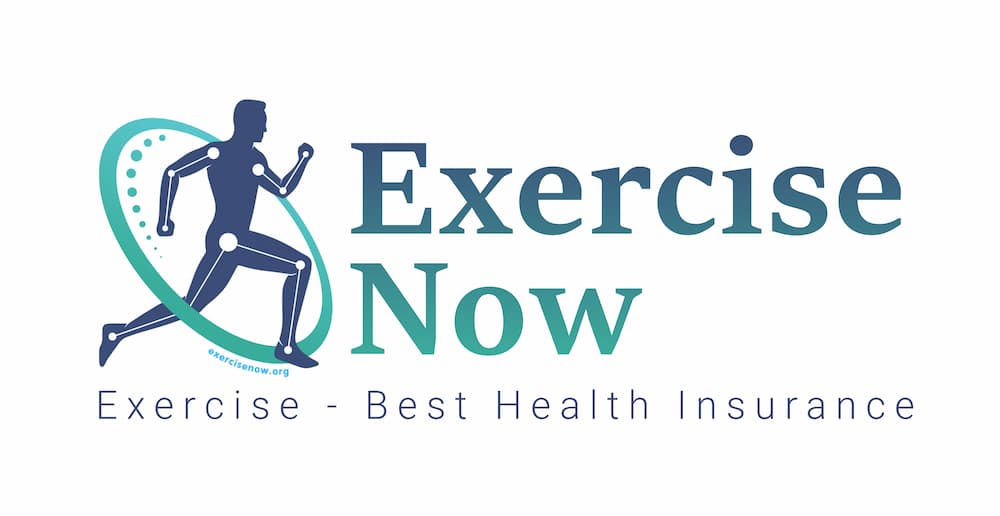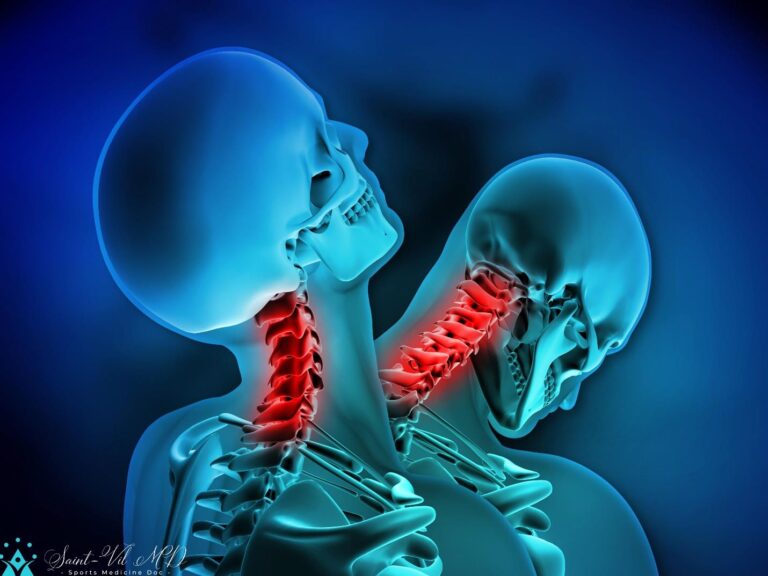
Percutaneous Needle Tenotomy for Tendinosis and Plantar Fasciitis
Weakness of tendons may cause many issues like tendinosis, tendonitis, and much more.
Tendinosis is a pretty common condition that causes pain in the frequently used tendons. It
occurs due to a slow down in regenerative processes in the body. It may occur in older adults
or those who repeatedly use certain tendons like sportspeople. In such people, tendons just
cannot regenerate fast enough. Thus, tennis elbow syndrome is an example of tendinosis (1) .
Plantar fasciitis is another common issue caused due to a slow down in regenerative processes,
aging, metabolic disorders, obesity, or some inborn deficiencies. It is a relatively common
problem affecting about 1% of the population. Its prevalence may be higher in older and
obese individuals. It causes severe heel pain. Many may find it even difficult to walk as the
pain gets worse or prolonged walking (2) .
Conditions like tendinosis or plantar fasciitis heal slowly. There are many reasons for their slow
healing. They contain very sturdy fibers that are quite resistant to mechanical damage. Thus,
unlike skeletal muscles, they have a relatively poor ability to regenerate. However, in some,
due to aging, trauma, chronic disorder, and inherent weaknesses, these sturdy fibers (tendons,
plantar fascia) may get damaged, causing constant pain and disability.
Although medications may help relieve pain in these conditions, they cannot accelerate healing
processes. It appears percutaneous needle tenotomy may be one of the ways of fastening healing
processes.
What is percutaneous needle tenotomy?
It is a minimally invasive procedure used to boost the healing of tendons and surrounding
tissues. As the name suggests, it consists of inserting a needle through the skin (percutaneous)
to remove a minute part of the tendon (tenotomy). It is a procedure in which intentional
damage is caused to the poorly healing or degenerative tendons.
As one can understand, this minute trauma does not cause any damage to the tendon, but it is
enough to change the body’s responses. It causes local inflammation and enhances healing.
How does percutaneous tenotomy work?
Tendons, ligaments, and fascia are sturdy tissue with relatively low blood supply. It is because
they are less likely to get damaged than most individuals. However, it also means that these
tissues are very slow at healing if they get damaged.

Tenotomy creates micro-trauma and thus results in increased local inflammation. This may
have a significant benefit in some individuals, as it raises the alarm, activates local receptors,
and suddenly turns all the body’s attention to the healing processes at the location of tenotomy.
Experience shows that it can significantly trick the body and thus even help heal age-old issues.
That is why it is highly effective in degenerative conditions like tendinosis and plantar fasciitis.
Unfortunately, these conditions are chronic and, in some individuals, cause disability for
months or even years.
Percutaneous needle tenotomy indications / who can benefit from it?
It is a minimally invasive procedure and thus highly safe, and no need to worry. When done
by an expert, there are almost nil chances of any side effects. It is worth understanding that
needle tenotomy creates only microtrauma.
It could be highly beneficial for those living with chronic conditions of tendons, fascia, or other
similar musculoskeletal tissues. These tissues tend to heal slowly, causing chronic and long-
lasting pain. Thus, a need to stimulate the local healing processes.
It is equally good for young athletes and old adults. In young athletes, tendon issues occur due to
stress, while in older adults or those living with some other health issues due to slow down in
metabolism.
It is perfect for some of the conditions like:
Elbow tendon issues- which included the golfer’s elbow or tennis elbow. Early experts
used to think that these were inflammatory conditions, but now they know that tissue
degeneration and slow healing has to be blamed for such issues. Thus, they are now
classified as tendinosis (3) .
Rotator cuff injuries- It may also help in other shoulder injuries. Sportspeople are more
prone to these injuries, and healing is slow as sportspeople need to train despite the pain.
Plantar fasciitis – cause severe stabbing pain in the heal and affects about 1% of the
population. It is not essentially a sports injury and is more likely due to slow healing
processes, tissue degeneration, etc.
Patellar tendon injuries – are more common in runners, jumpers, football players, and
other athletes.
Lateral hip tendon injuries – the most common one is gluteus medius tendinosis which
may occur in sportspeople and older adults.
Achilles tendinosis – This tendon has to bear so much stress during its lifetime, and its
inflammation and degeneration could be highly debilitating (4) .
Recovery timeline after the procedure
As already stated, it is a minimally invasive procedure, so one would not feel much pain after
a few days. However, its healing effect lasts much longer, and thus body keeps healing for about
6 to 8 weeks.
During this period of increased healing, physical therapy may help. It means that one does not
need to rest completely and can continue doing daily activities. One only needs to avoid jerky
motions and extensive tendon activity.
Generally, a treating doctor would tell what can be done and whatnot. For example, physical
therapy may include specific exercises to promote healing and prevent the contraction of
ligaments. However, extensive training is to be avoided for much more extended periods.
Percutaneous needle tenotomy effect duration
It is difficult to predict as some effects may last for years, while others may return after a few
months. The procedure can boost healing. However, these conditions occur in some due to
certain metabolic defects, underlying weaknesses, increased tissue degeneration, and more.
Additionally, the problem may return in sportspeople due to repeated damage caused by
training.
Final thoughts
Tendinosis is a degenerative disorder caused by repeated use of tendons or inherent weaknesses.
It is slow to heal condition due to pre-existing deficiencies, lifestyle, poor blood supply, and
other reasons. However, a minimally invasive procedure like percutaneous needle tenotomy
can trick
the body to boost local regenerative processes and thus help in faster recovery from various
conditions affecting tendons.
References
- Bass E. Tendinopathy: Why the Difference Between Tendinitis and Tendinosis Matters. Int J Ther
Massage Bodywork. 2012 Mar 31;5(1):14–7. - Analysis of Data on the Prevalence and Pharmacologic Treatment of Plantar Fasciitis Pain
[Internet]. NCCIH. [cited 2022 Mar 30]. Available from:
https://www.nccih.nih.gov/research/research-results/analysis-of-data-on-the-prevalence-and-
pharmacologic-treatment-of-plantar-fasciitis-pain - McShane JM, Nazarian LN, Harwood MI. Sonographically Guided Percutaneous Needle Tenotomy
for Treatment of Common Extensor Tendinosis in the Elbow. Journal of Ultrasound in Medicine.
2006;25(10):1281–9. - Patwardhan S, Shyam A, Sancheti P. Percutaneous Needle Tenotomy for Tendo-Achilles Release in
Clubfoot – Technical Note. J Orthop Case Rep. 2012;2(1):35–6.
















